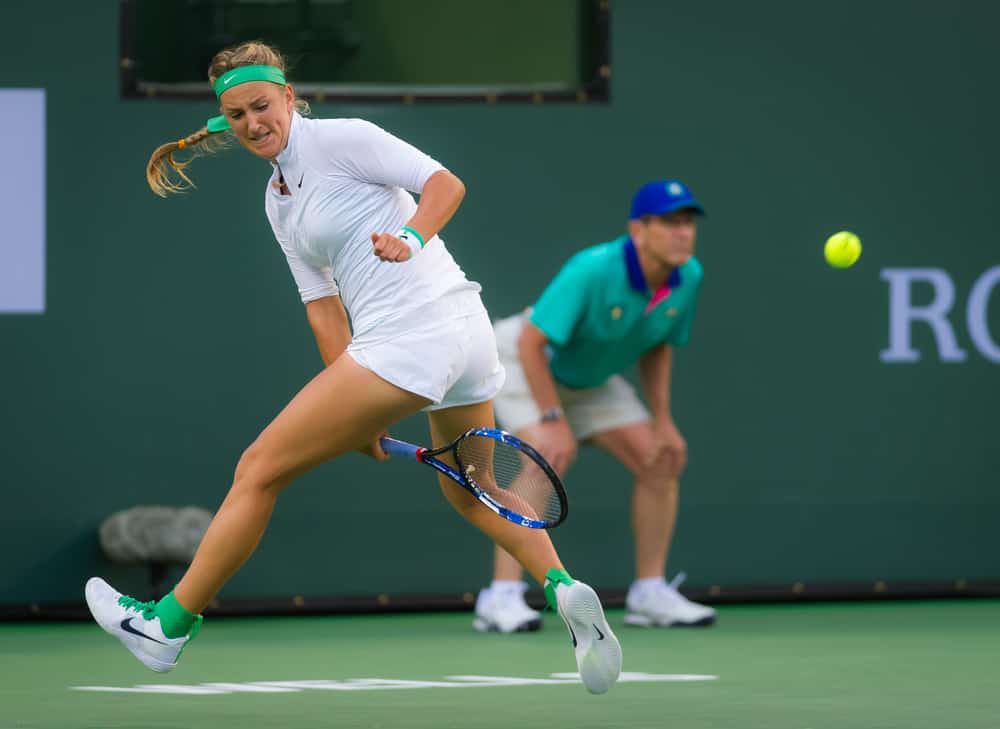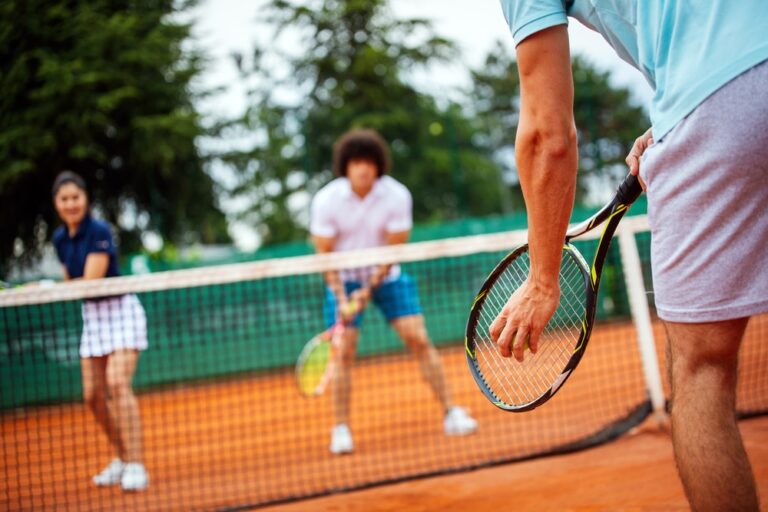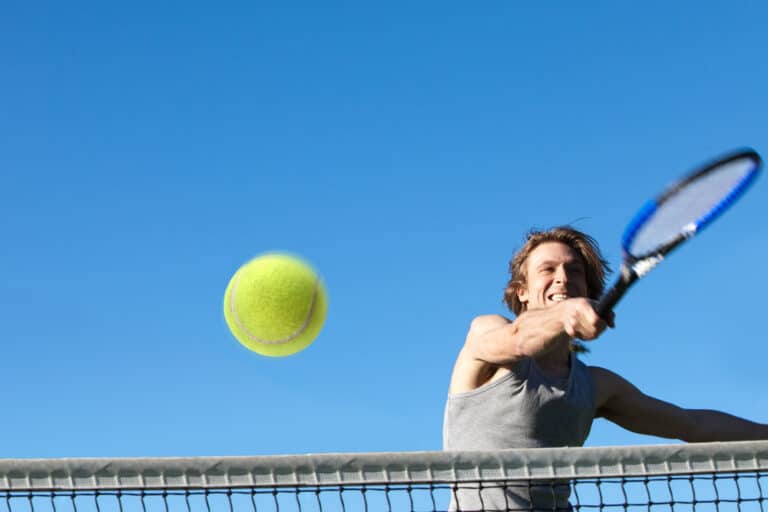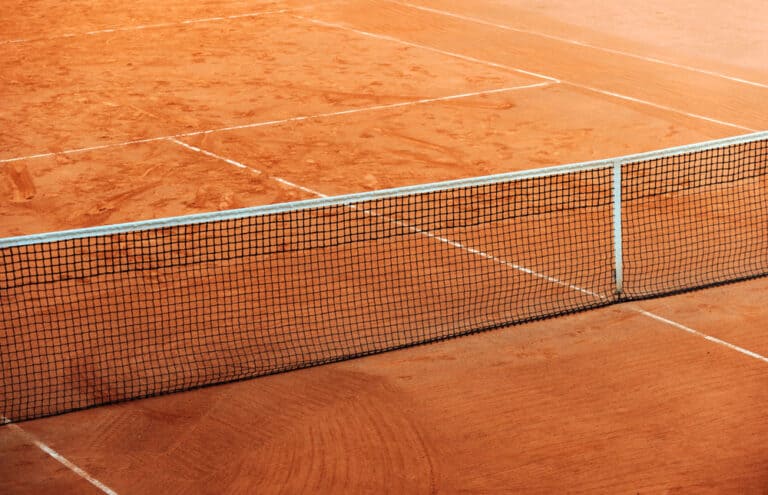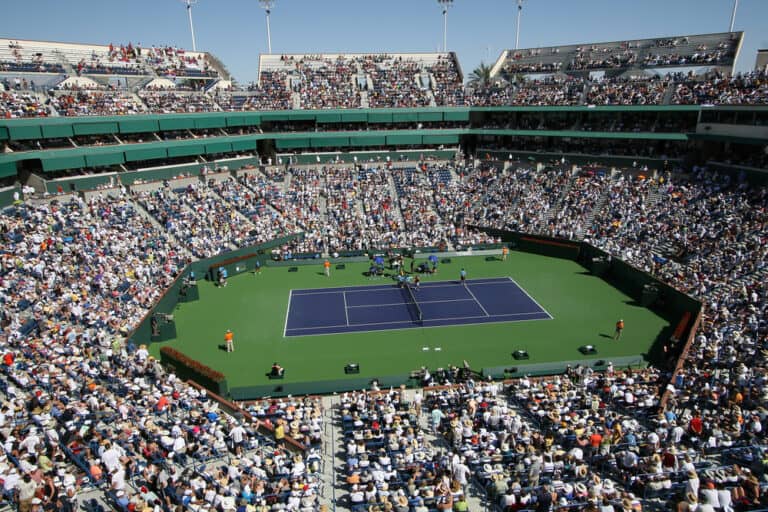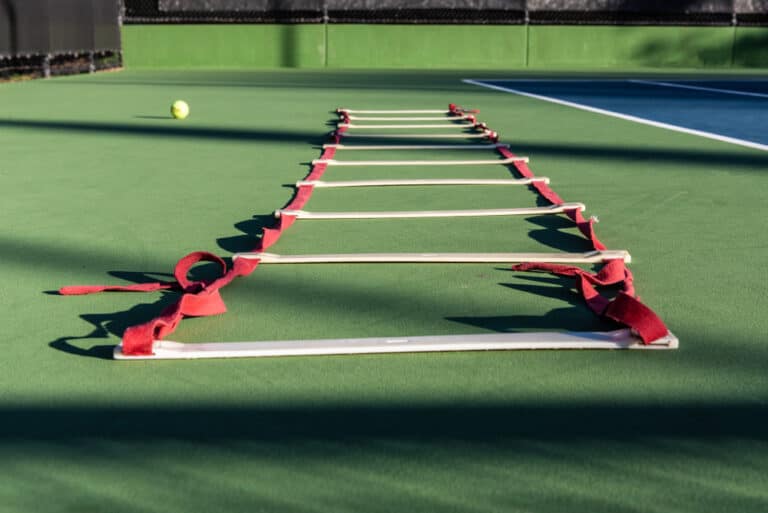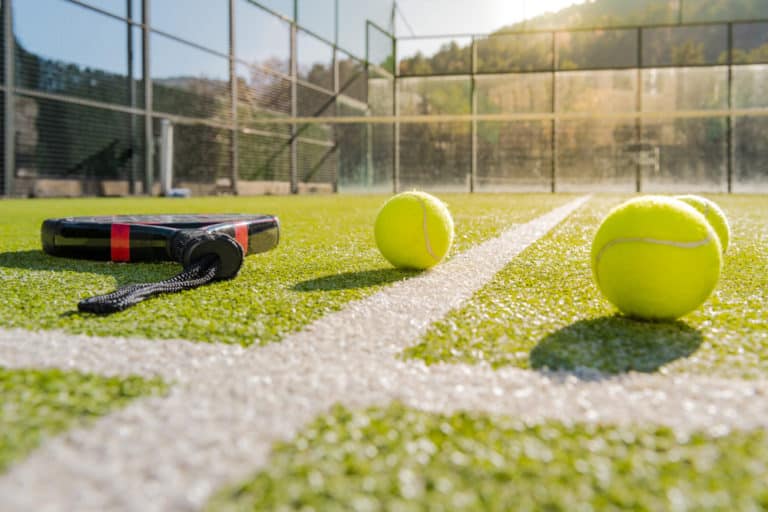What Is The Hardest Skill In Tennis?
Tennis is a sport loved by its supporters worldwide. However, it is a pretty tricky sport, and not everyone who tries to become a pro makes it. There are many skills a tennis player should have and practice to become a challenger, but what is the hardest skill in tennis?
The most complex skill in tennis is the ability to serve perfectly. The tennis serve might not be a difficult shot, but the skill to execute this movement requires perfection. The racquet grip, footwork, hand-eye coordination, and strength apply speed to the ball.
There are many complex skills in tennis, and some would have thought the one-handed backhand would be the most difficult. But of course, it is the most challenging shot, but when it comes to skill, the service needs excellence if a player wants to outshine their opponent.
Most Difficult Skill In Tennis
It is an interesting question, as some tennis shots are pretty difficult, but here we are looking at skills.
Tennis is a diverse sport needing the player to be good at many skills and is listed as the number 7 most challenging sport. In addition, a player’s cardiovascular fitness needs to be well-developed, and their agility and speed play a big part in their success.
The most challenging skill in tennis is the first technique you need to start a play – the tennis serve. Thus, when coaches initially teach this technique to kids and beginners, they break it up and start with a different approach than the final stroke.
A serve doesn’t only have a specific grip and footwork like some other shots. On the contrary, it combines different aspects to complete the sequence of a serve. The service takes merely a few seconds, with a compact set of techniques tossed together.
If a player cannot master the serving skill in tennis, taking charge of a game will be challenging, as this skill allows you to take control. In addition, an excellent serve can count towards the intensity of the game and how much energy you need to use.
Suppose you have an excellent serve; you might serve a few aces throughout the match (an ace is a serve the opponent cannot return because it is out of reach or too strong). Thus, you can imagine why most coaches spend much time teaching the serve and helping players perfect it, as this will lead to them saving their energy.
When And How To Learn The Hardest Skill In Tennis
Some might think that the serve is left for later because of its difficulty and that children would rather have to wait before they learn this complicated skill.
The opposite is true. Serving is difficult, but the most crucial skill, so the best would be to teach or learn it as soon as possible. Many techniques are included in the final serve movement:
- Footwork
- Racquet Grip
- Body Alignment
- Ball Toss
- Timing of Shot
- Where to place the serve
- Tactics to advance in serving skill
The footwork is the least demanding part of the serve, but it still gives the player something to think about. The weight is transferred between the two feet as the movement progresses. Beginners will first learn the stance and keep it here while they perfect the underhand serve.
Racquet grip is an essential aspect of a serve. The player’s grip should not be too tight, more to the bottom of the racquet’s handle, and when the racquet is hanging next to their body, the thumb and forefinger form a V-shape. As a result, the racquet will face to the side, thus perpendicular to the ground. The grip stays this way, and the arm movements ensure the perfect shot for a serve.
The body alignment can sometimes confuse the player as you will face away from the target area; thus, it won’t be in range when serving. The correct technique will lead the ball to the destination block rather than the body facing that direction.
The ball toss can be tricky as the height and area you throw it will determine whether you will have a booming serve. People usually hop the ball to get the rhythm and the place they need to toss it up. The perfect position is on the non-dominant side, with the non-dominant hand arm’s length out to the side and straight up from there.
The toss in a serve needs to be high enough that the racquet swinging from the back will meet the ball at its highest point as it descends. Therefore, timing is critical when it comes to the ball toss.
The timing of your serve shot will depend on the speed the ball goes up, at what angle, and where the racquet meets the ball in the air. One of the crucial parts of the serve is timing. Suppose you hit the ball too early, it will likely hit the racquet’s frame, and the ball will not land in the designated area. If you hit too late, the ball might hit the net.
The designated area for a serve to be valid is in the opposite block; thus, you will serve diagonally. Because of the player’s body alignment, the block is not visible during a serve, especially when the player serves to their non-dominant side.
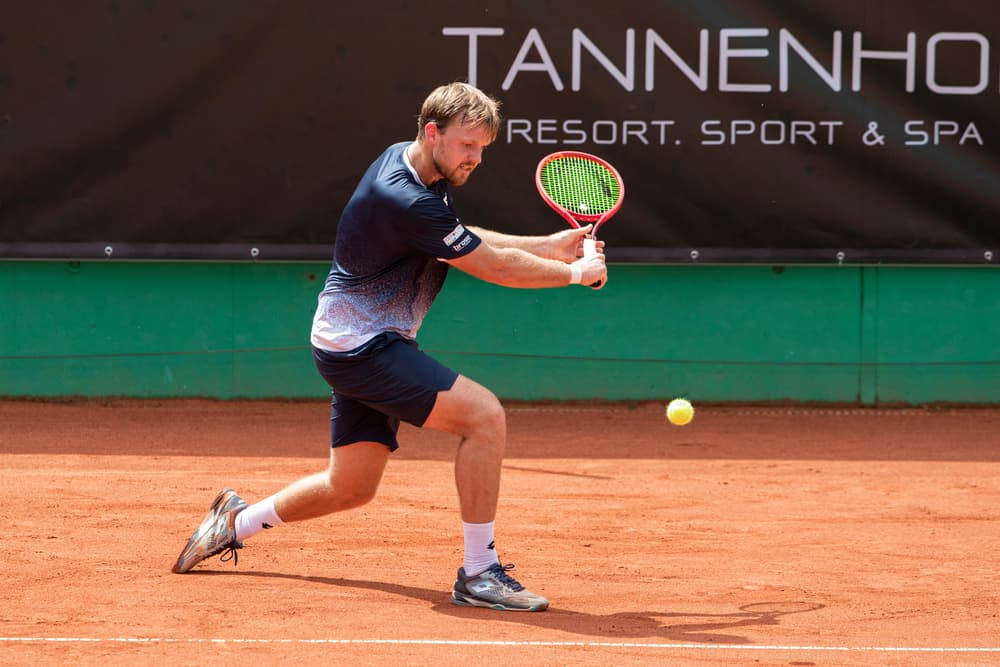
How To Succeed In The Hardest Tennis Skill
To succeed in serving, a tennis player must break down each part of the serve and perfect that area. Know what the body should do, where the ball should be, where the racquet should be, and how it should feel when doing it right.
The best approach will be to start with an underhand serve, also known as the beginner serve. This will get the eye and timing on par to hit the ball and practice the feel of getting it into the block.
After this, a flat serve is a next step. You do this by tossing the ball in the air and hitting it to land in the designated serve block. From here, the footwork, arm movements, and technique of hitting the ball can be addressed in separate lessons.
After the player knows what to expect and has practiced each technique extensively, it is time to connect everything and practice the serve as a whole.
To get good at the serve, a tennis coach is a key, as well as practice. A lot of practice will ensure a player gets confident in their serve. After their first serve percentage gets better, thus bringing the serving in the block the first time around, the player can start to work around different tactics to outsmart the opposition.
Conclusion
Serving in tennis is one of the most challenging skills because of the many techniques combined to execute the skill. However, it is also the most rewarding skill if you succeed in getting good at it.

